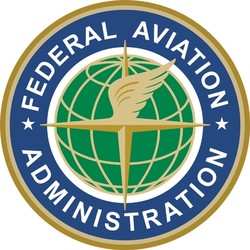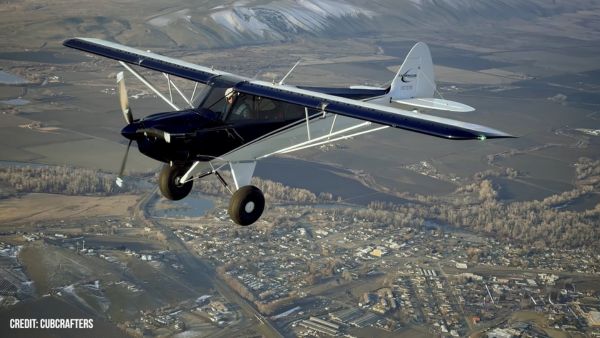Seeks Comments On Shift To RNAV, And RNP Navigation, LPV
Approaches
The FAA has posted a plan to shift away from VOR navigation to a
system using RNAV and RNP in the Federal Register, and is asking
for public comments. The proposed transition of the U.S. National
Airspace System (NAS) navigation infrastructure will enable
performance-based navigation (PBN) as part of NextGen. The FAA
plans to transition from defining airways, routes and procedures
using VOR and other legacy NAVAIDs towards a NAS based on Area
Navigation (RNAV) everywhere and Required Navigation Performance
(RNP) where beneficial.

Such capabilities will be enabled largely by GPS and WAAS. The
FAA says it plans to retain an optimized network of Distance
Measuring Equipment (DME) stations and a minimum operational
network (MON) of VOR stations to ensure safety and continuous
operations for high and low altitude en route airspace over the
conterminous US (CONUS) and terminal operations at the Core 30
airports. The FAA is also conducting research on Alternate
Positioning, Navigation and Timing (APNT) solutions that would
enable further reduction of VORs below the MON.
In addition, the FAA plans to satisfy any new requirements for
Category I instrument operations with WAAS localizer performance
with vertical guidance (LPV) procedures. A network of existing
Instrument Landing Systems (ILS) would be sustained to provide
alternative approach and landing capabilities to continue recovery
and dispatch of aircraft during GPS outages.
This transition would be consistent with the FAA's NextGen
Implementation Plan (NGIP), NAS Enterprise Architecture (EA), and
other documentation.
FAA regulations addressing the operational requirements to carry
navigation equipment in aircraft are set forth in 14 CFR parts 91,
121, 125, 129, and 135. Operators should be familiar with their
specific requirements. Equipment is considered suitable if it has
been demonstrated to provide the accuracy, integrity and
reliability for the operation and the necessary radionavigation
service is provided for the planned route of flight. For
conventional ground-based routes and procedures, suitable equipment
can be directly inferred from the type of procedure (e.g., a VOR
receiver would be suitable for operation on a Jet Route).

Unaugmented GPS is capable of providing the accuracy and
integrity required by the FAA's ADS-B Out regulations (14 CFR
91.225 and 91.227) that were effective August 31, 2010 and have a
compliance date of January 1, 2020. However, at this time, WAAS
augmentation is the only service that provides the 99.9 percent
availability (equivalent to radar) needed for ADS-B. Operators that
equip with other position sources, such as Receiver Autonomous
Integrity Monitoring (RAIM) based GPS, may experience periods of
unavailability that limit their access to the airspace. The FAA
expects that positioning from GPS combined with future positioning
sources such as the L5 GPS signal and/or other GNSS signals, and
GPS tightly integrated with inertial navigation systems, will also
provide 99.9 percent availability.
The FAA is conducting research on APNT for service beyond 2020.
The FAA will consider, in consultation with the users, whether the
MON may be further reduced after an APNT solution is selected and
available. The FAA is also evaluating the use of the Ground-Based
Augmentation System (GBAS) in addition to ILS to provide Category
II/III approach services.
Interested parties are invited to provide comments on the
proposal. Comments that provide the factual basis supporting the
views and suggestions presented would be particularly helpful in
developing reasoned decisions on the proposal.
Comments must be received on or before March 7, 2012.
 SpaceX to Launch Inversion RAY Reentry Vehicle in Fall
SpaceX to Launch Inversion RAY Reentry Vehicle in Fall Aero-News: Quote of the Day (04.23.24)
Aero-News: Quote of the Day (04.23.24) Aero-News: Quote of the Day (04.20.24)
Aero-News: Quote of the Day (04.20.24) ANN's Daily Aero-Linx (04.20.24)
ANN's Daily Aero-Linx (04.20.24) Aero-News: Quote of the Day (04.21.24)
Aero-News: Quote of the Day (04.21.24)




